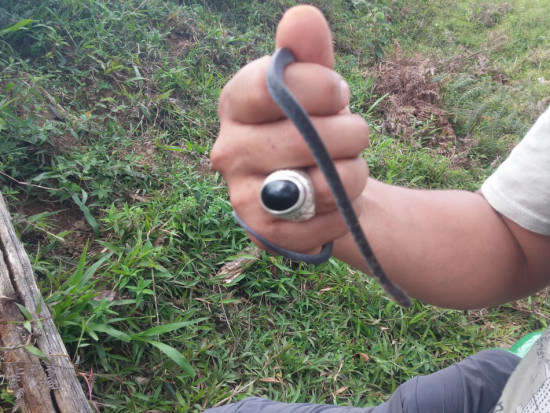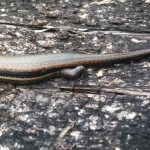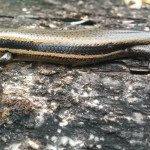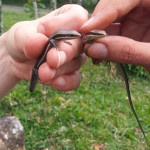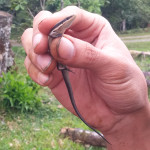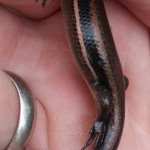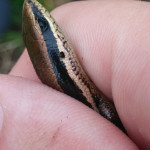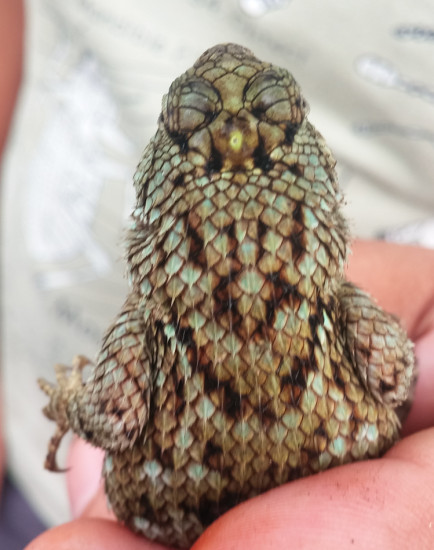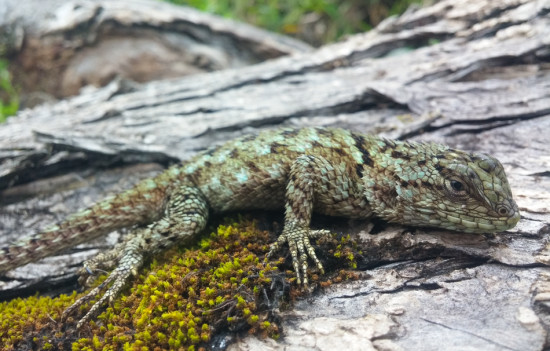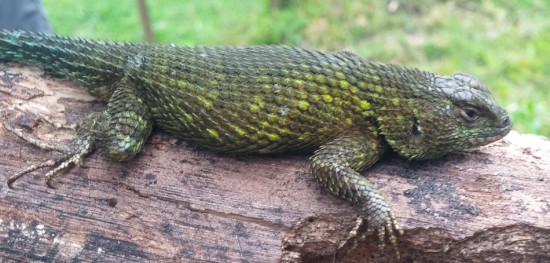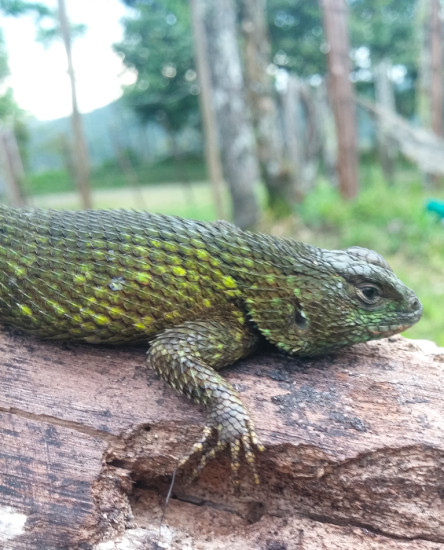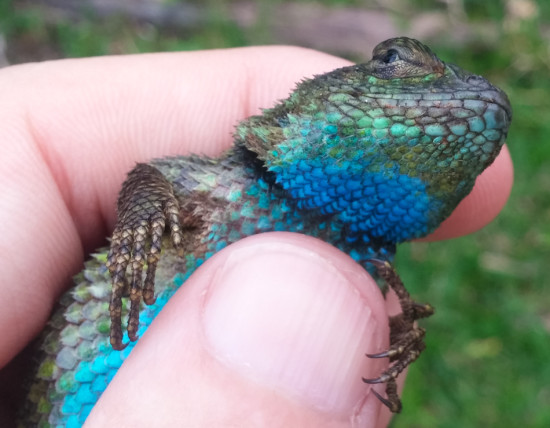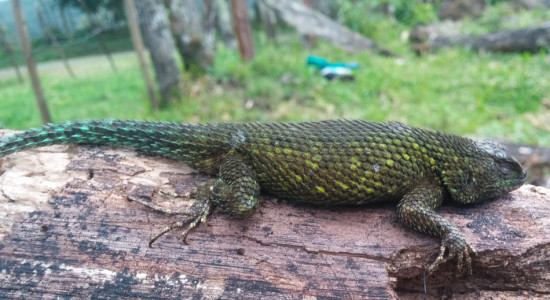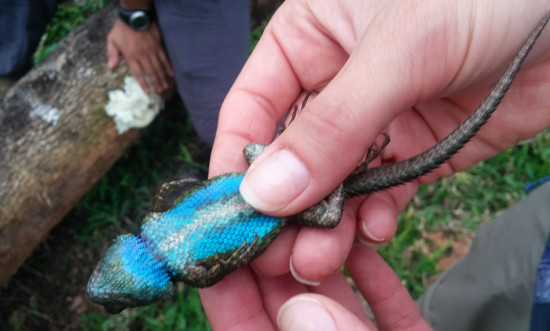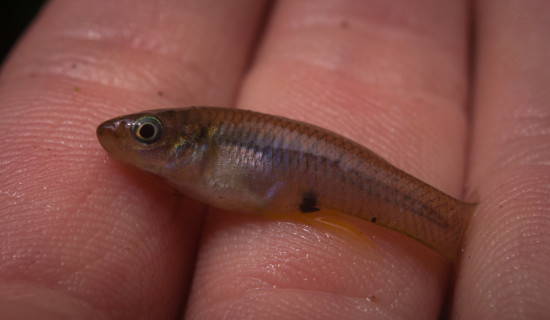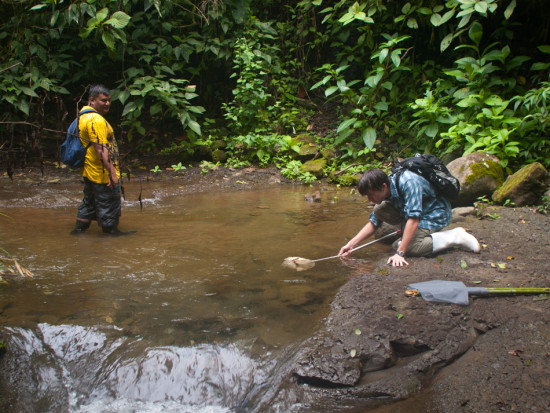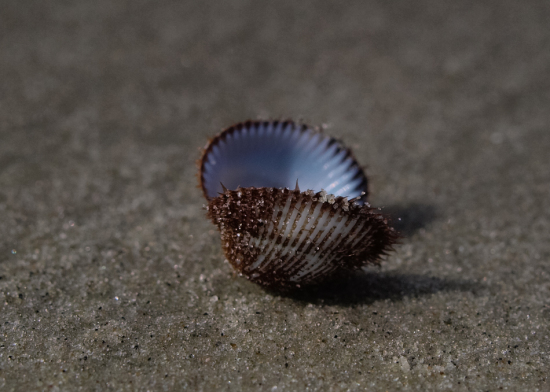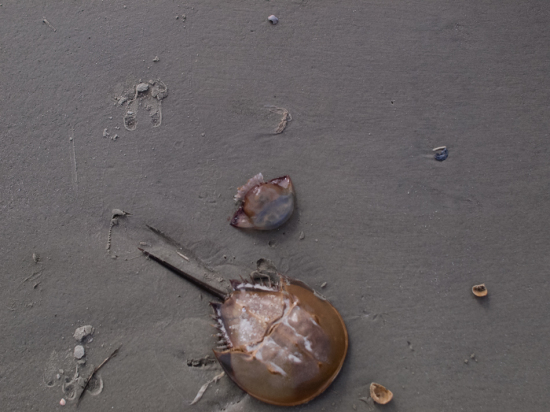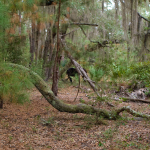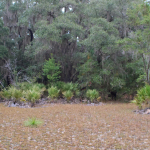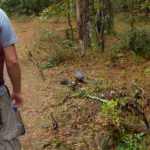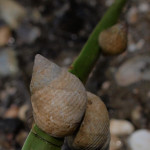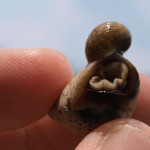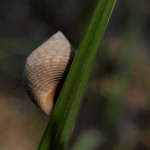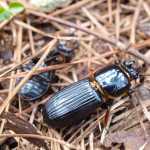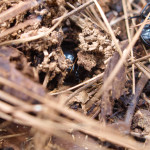A juvenile vesper rat Nyctomys sumichrasti. We have trapped two of these mice in the house we’re staying in, although the one below was trapped in 2013. They seem to like bananas… and Cristian, another research mentor, doesn’t particularly like the mice…
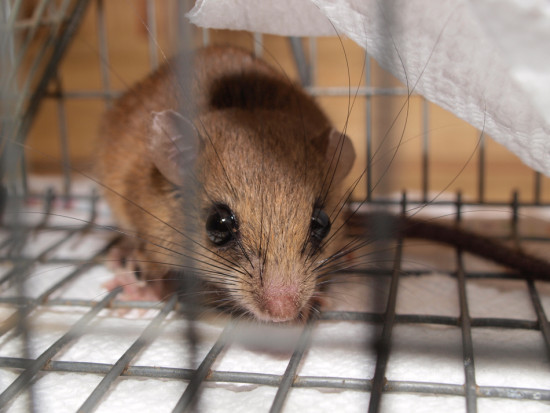
Tag Archives: Animals
Report of snakes
Below is a working list of snakes I’ve found and identified (with help from various others, including Juan and Cristian) during NAPIRE programs.
| Species | Date | Location |
| Cope’s Coffee snake Ninia psephota | 5 July 2015 | Road leading to Las Alturas |
| Shiny whipsnake Chironius grandisquamis | 16 July 2015 | In the Rio Java at Las Cruces |
| Plain wormsnake Geophis hoffmanni | 10 July 2015 | Drive-way of Wilson Botanical Garden |
| Sock-headed snake Enuliophis slateri | 27 June 2015 | Drive-way of Wilson Botanical Garden |
| Black-banded Cat-eye Snake Leptodeira nigrofasciata | 18 July 2015 | Rio Java Trail near Quebrada Culvert |
| Blunt-headed tree snake Imantodes cenchoa | 18 July 2015 | Rio Java trail near Quebrada Culvert |
| Green Parrot Snake Leptophis ahaetulla | 25 July 2015 | Near researcher cabins |
| Bird snake juvenile Pseustes poecilonotus | 25 July 2015 | Rio Java trail |
| Snail-eating Snake Sibon argus | 6 July 2016 | In bromeliad bed outside of Casa Wilson |
| Blunt-headed tree snake Imantodes cenchoa | 29 June 2016 | Outside of Reception |
| Red-tailed boa Boa constrictor | 8 July 2016 | At entrance to Rio Java trail |
Mabuya unimarginata
Another viviparous lizard, we caught two Central American Mabuyas (a skink; Mabuya unimargninata), one of which lost it’s tail after I placed my hand atop the tail.
Emerald swift lizard
Sceloporus malachiticus is common in open areas >1500 m in elevation in Costa Rica. They are fast and skittish, so these individuals were a team effort in their catch. While S. malachiticus is viviparous, giving birth to live, developed young, other Sceloporus species are oviparous, laying small eggs and burying them in the soil. It’s thought that vivipary is common in lizards living at high elevations because it allows the females to better thermoregulate their developing young-that is, a gravid female can move her internal young around in her environment to regulate their temperature.
Poeciliidae guppies at Las Cruces
Beach life
Beach life
Some mammals at Cumberland
A few photographs of some of the mammals we saw at Cumberland Island. Knowing how ornery my father’s domesticated horses are, I did not want to approach the wild horses on the island… so you can see a couple in the background of those of those photographs.
Marsh periwinkle
The Marsh Periwinkle Litoraria irrorata has been well-studied and is a conspicuous, dominant-player in the ecology of salt marshes along the East Coast of the United States. I took these photographs to prepare for a mark-recapture exercise that my Coastal Ecology course performed. Unfortunately, I couldn’t attend the exercise, and it was run by my department chair, who is co-teaching the course with me. From the images the students captured, and have posted, the activity seemed productive and fun.
Some carabids
While looking for herps under logs, I often encounter these carabid ground beetles poking their heads from hiding places.

